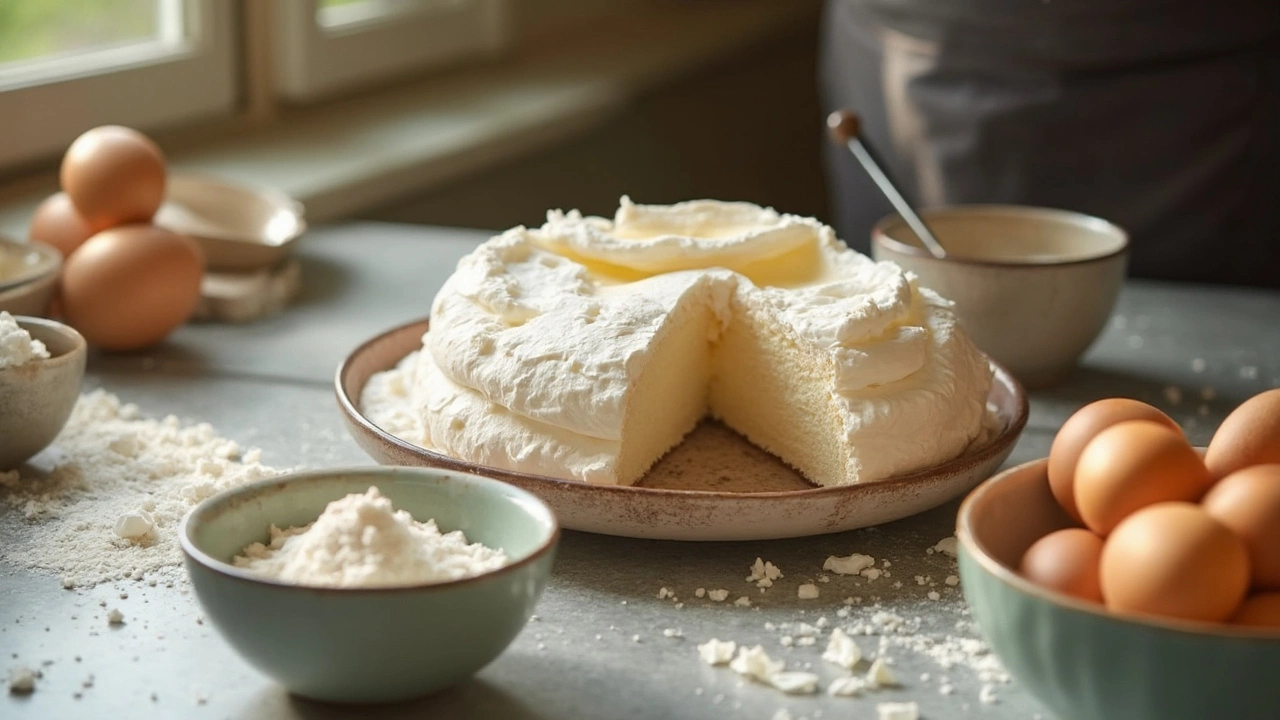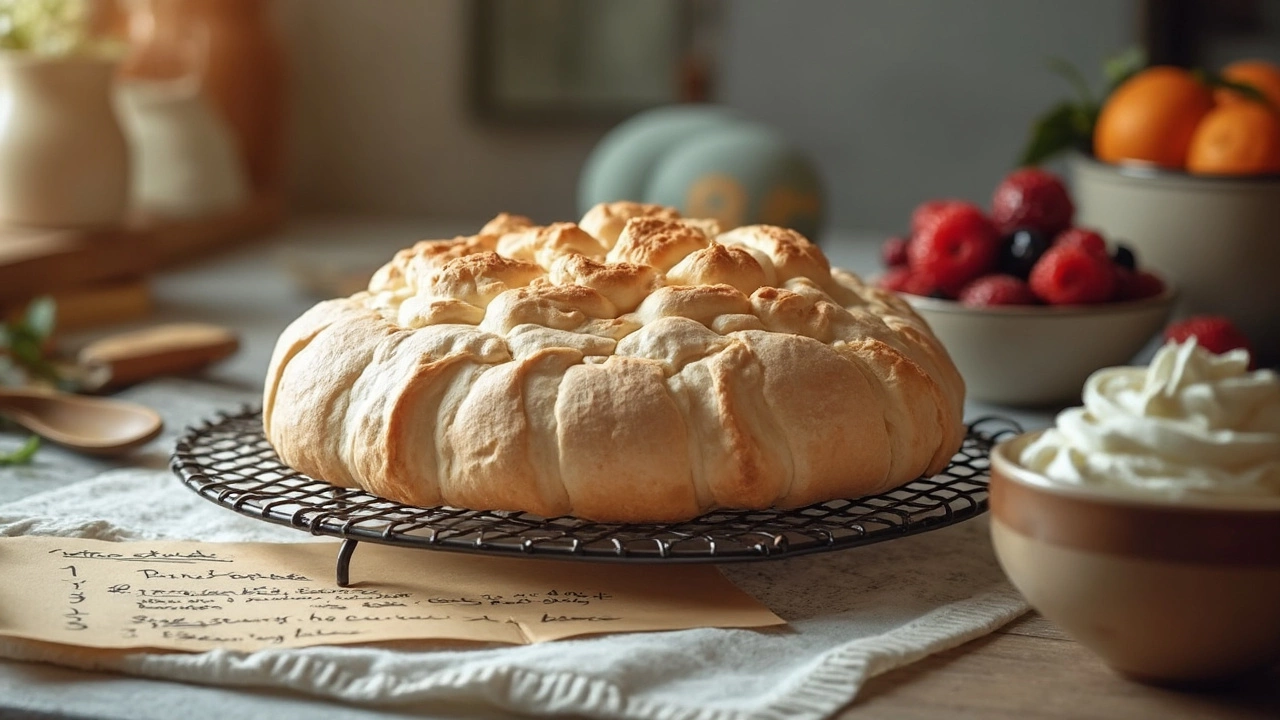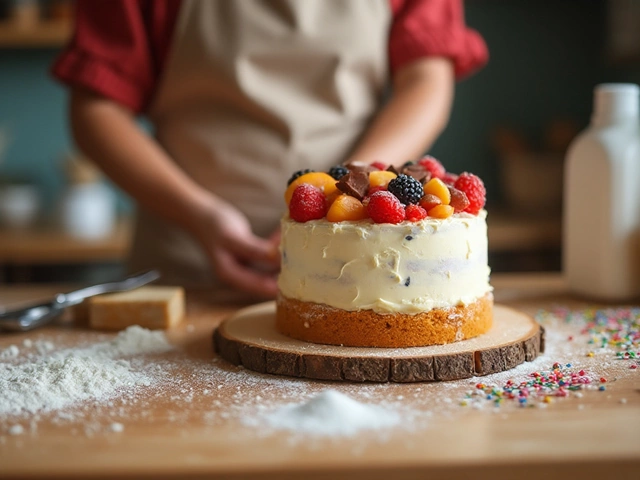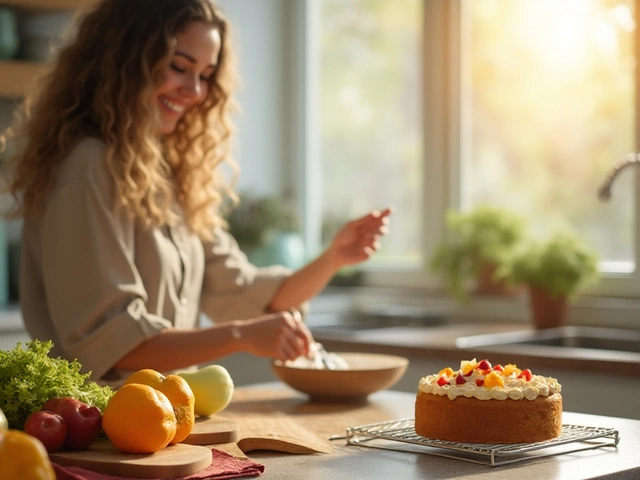Pavlova Tips: How to Nail the Perfect Meringue Dessert
If you’ve ever tried a pavlova, you know the battle between a crunchy shell and a soft, marshmallow‑like centre. The good news? Simple tweaks can turn a shaky meringue into a show‑stopping dessert. Below are the most useful pavlova tips that work for beginners and seasoned bakers alike.
Getting the Meringue Right
First thing’s first – the eggs. Use only fresh egg whites and let them sit at room temperature for about 30 minutes before beating. Warm whites whip up faster and hold more air, giving you that airy structure you need.
Measure sugar carefully. The classic rule is 30 g of sugar for every 1 g of egg white. Too little sugar means the meringue will crack; too much makes it sticky. Add the sugar a spoonful at a time, letting each addition dissolve before adding the next. You’ll know it’s ready when the mixture feels like glossy sand and a finger drag leaves a smooth trail.
Acid is the secret weapon. A pinch of cream of tartar or a few drops of lemon juice stabilize the bubbles and help the crust stay crisp. Don’t skip this step – it’s one of the most reliable pavlova tips.
When it comes to the oven, low and slow is the mantra. Preheat to 120 °C (250 °F) and bake the meringue for 90‑120 minutes. Keep the door slightly ajar with a wooden spoon to let steam escape; this prevents the meringue from cracking from sudden temperature changes.
Assembling and Serving
Cool the meringue inside the oven for at least an hour. Rapid cooling causes the centre to collapse, ruining the texture you worked hard for.
When you’re ready to top the pavlova, keep the base dry. Any moisture will soak the crust and make it soggy. Spread a thin layer of whipped cream, then add fresh fruit – berries, kiwi, passion fruit are classic choices. The fruit’s natural juice adds a pleasant tang without drowning the crust.
Serve immediately or within a few hours. Pavlovas taste best when the contrast of crunchy shell, fluffy interior and juicy toppings is still fresh. If you need to store it, keep the meringue in an airtight container at room temperature and add the cream and fruit right before serving.
Quick fix for a cracked shell? Pipe a little extra meringue onto the broken edge, smooth it, and slide it back into the oven for 5‑10 minutes. The new layer will seal the crack and stay crisp.
That’s it – a handful of proven pavlova tips that take the guesswork out of the process. Try them on your next bake, and you’ll have a dessert that looks as good as it tastes. Happy whipping!

How to Fix a Weeping Pavlova: Foolproof Tips for Perfect Meringues
Fixing a soggy, weeping pavlova doesn't have to be a disaster. Learn what causes weeping, stop it in its tracks, and save your dessert with these easy, practical baking fixes.
View More
Cornflour and Vinegar in Pavlova: Why They Matter
Ever wondered why pavlova recipes nearly always call for cornflour and vinegar? These two pantry staples are the secret to that perfect marshmallowy center and crackly crust we all crave. If you've ever ended up with a weepy, rubbery, or flat pavlova, small ingredient tweaks, like adding cornflour or vinegar, might be just what you need. Understanding their roles helps you troubleshoot common meringue fails. Here's the real reason you shouldn't skip them.
View More
Pavlova the Day Before: Is It Okay and Does It Stay Perfect?
Wondering if you can make pavlova ahead of time without it turning soggy or losing its crunch? This article digs into the facts about making pavlova the day before, shares pro tips for storing it right, and covers the best way to assemble it for that fresh-out-of-the-oven crispness. You'll also get a glimpse at real-life mistakes and what actually happens after a night in the fridge. If you want to save prep time and still impress your guests, these tricks will save the day.
View More




